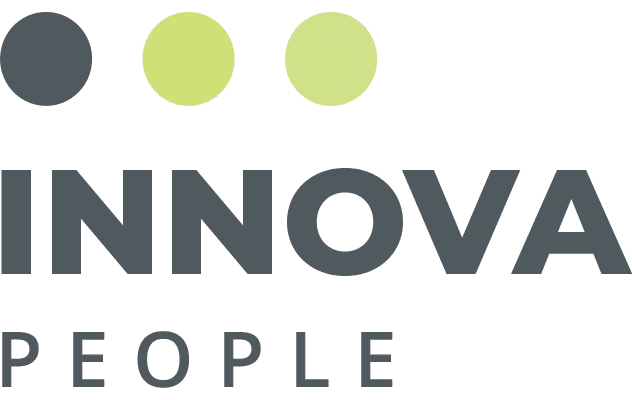When reviewing resumes, it’s essential to look for red flags that could indicate issues with a candidate’s qualifications, experience, or fit for the role.
Here are some typical resume red flags to watch out for:
- Unexplained Employment Gaps: Frequent or unexplained gaps in a candidate’s employment history might raise questions about their consistency or reliability.
- Frequent Job Changes: While job changes are expected, excessive short-term positions could indicate a lack of commitment or difficulty working within teams or organizations.
- Lack of Relevant Experience: If a candidate’s experience doesn’t align with the job requirements or is heavily skewed towards unrelated roles, they might not be well-suited for the position.
- Inconsistent Dates: Mismatched dates for education, employment, or other sections could indicate inaccuracies or potential dishonesty.
- Overemphasis on Soft Skills: While soft skills are important, an overly vague or excessive focus on them might be an attempt to compensate for a lack of relevant technical or job-specific skills.
- Exaggerated Responsibilities and Achievements: If a candidate’s accomplishments seem too grandiose or lack context, they could stretch the truth or inflate their contributions.
- Lack of Quantifiable Achievements: Vague statements without specific accomplishments or quantifiable results can indicate a lack of impact in previous roles.
- Mismatched Job Titles: If a candidate’s job titles don’t align with their level of responsibility or the roles they are applying for, it could be an attempt to appear more qualified.
- Unprofessional Email Address: A non-professional or inappropriate email address might indicate a lack of attention to detail or professionalism.
- Spelling and Grammar Errors: Multiple errors in spelling and grammar can indicate a lack of attention to detail and communication skills.
- Incomplete Information: Missing information or incomplete sections on the resume could suggest laziness or a lack of thoroughness.
- Unrelated Hobbies and Interests: While personal interests can provide insight into a candidate’s personality, including irrelevant or controversial hobbies might distract from their professional qualifications.
- Lack of Customization: A generic resume not tailored to the specific job or company might indicate a lack of genuine interest or effort that could translate to job performance.
- Suspicious References: Listing references that seem too familiar or overly enthusiastic might indicate a lack of objectivity or honesty.
- Excessive Personal Information: Personal information such as age, marital status, or a photo isn’t relevant to job qualifications and could lead to biases in the hiring process.
- Technology Resumes that List Every Code Language Under the Sun: Software Engineers that display so many technologies that they are supposedly skilled at is a huge red flag. Software Engineers who are truly skilled in a certain tech stack display their tech chops in that tech stack. They don’t need to list every single technology they may have been exposed to in their educational and professional career.
- Job Description Resumes: Resumes that just list the job title and then proceed to rattle off the job description of the role that the professional had held can be a yellow flag when looking to hire this person. Resumes should not only be a place where experience, education, and skills are displayed, but most importantly, it is where candidates should list accomplishments. If these are missing, you will want to explore whether they can articulate what they are proud of or what they feel are accomplishments in their past experience.
Sometimes, there might be reasonable explanations for certain discrepancies or issues. If you notice any red flags, consider addressing them during the interview to understand the candidate’s background and qualifications better. Our recruiters can screen for these red flags using our technology, so you’re not wasting time sifting through countless resumes. We only bring you the most qualified candidates to fit your needs.



